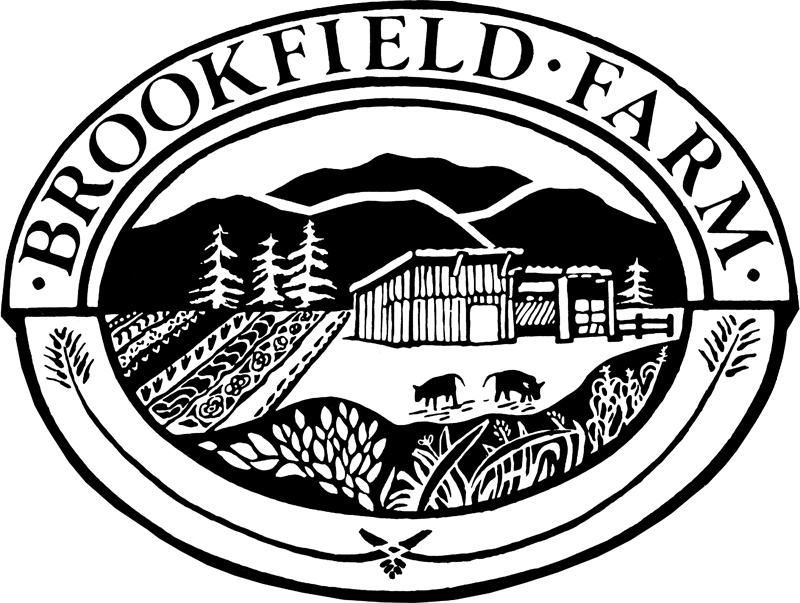Corn
/Corn (Zea mays)
It is usually accepted that maize was growing in Mesoamerica by between 8000 and 5000 B.C. Christopher Columbus first brought maize to Spain, and from there, the grain has traveled all over the world. Although the flavor and nutritional value of old maize varieties have been sacrificed in the search for sweetness, corn is a great source of complex carbohydrates.
A few suggestions from shareholder Judy Demerath about freezing sweet corn: Don't boil it for two minutes--just drop it in boiling water and as soon as the water boils again, it is done! Also, she tells of a friend who has been freezing it without cooking it first for years and gets excellent results. Just cut it off the cob, place in freezer bags, and put it in the freezer.
Or, if you have a lot of space, just put the whole ear in--that works too, but takes up a lot of your freezer.





